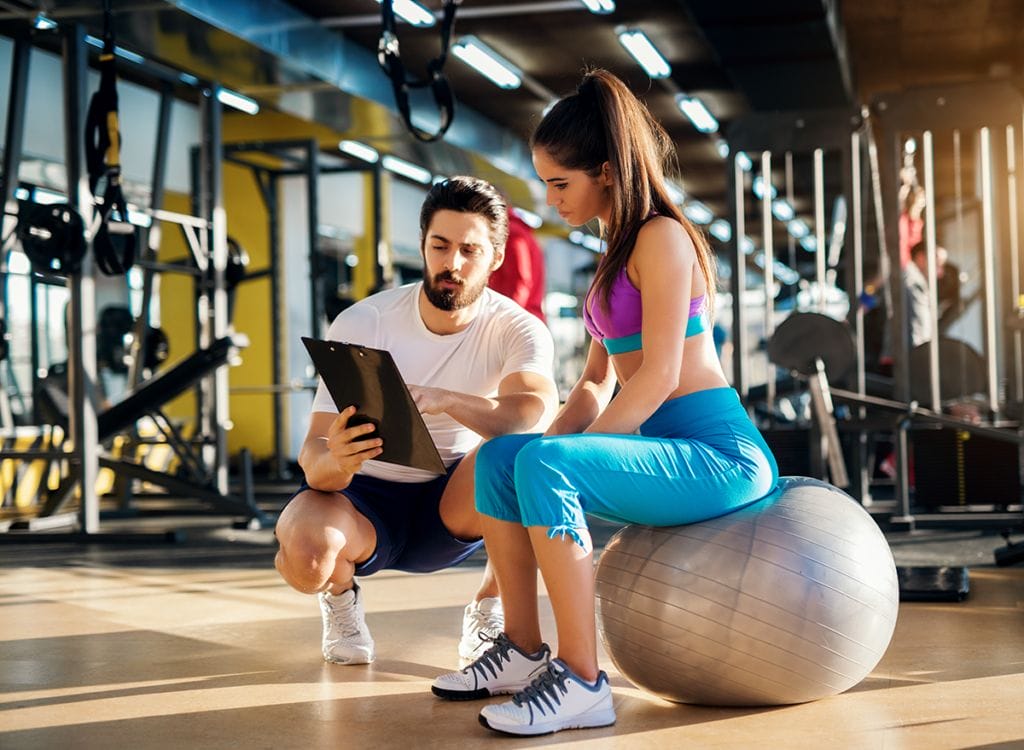Athletes of all levels are always looking for an edge over their competition. Whether it’s training harder, changing their routine, or finding new and innovative ways to improve their performance, athletes are always looking for ways to improve themselves. And while some things may be out of an athlete’s control – such as genetics or natural ability – there are many ways that athletes can improve with the help of modern technology and methods of testing and evaluation.
Application For Young Athletes
Young athletes often underestimate the importance of athletic testing. They may feel that because they are good at a specific sport, they do not need to test their abilities in other areas. However, athletic testing can help athletes identify their strengths and weaknesses, which can ultimately help them improve their performance. Athletic testing is also essential for determining whether an athlete is physically capable of playing a particular sport.
Testing Methods
To be the best, it is no secret that you have to train like the best. However, what often goes unnoticed is that you need access to the same resources as the best to train like the best.
Thanks to modern testing and evaluation methods, young athletes now have access to some of the same technologies used by professional athletes and teams. This can help them improve their performance and excel beyond their wildest dreams.
First, Peak Height Velocity (PHV)
At some point in their athletic careers, young athletes will hear about Peak Height Velocity (PHV). PHV is an important milestone in an athlete’s development because it marks when they reach their maximum height.
To take advantage of this accelerated period of growth and maximize their athletic potential, athletes need to understand what PHV means to them and how they can train during this crucial period. In this previous post, the importance of PHV to athletes is explored and tips are given on how best to train during this critical growth stage.
The 5-0-5 Test
The 5-0-5 test is an important tool for young athletes because it can help them identify any potential areas of weakness in their game. This test is simple to administer and provides athletes with valuable feedback that they can use to improve their performance. By taking the time to complete this test, athletes can focus on specific areas that need improvement and make the necessary adjustments to become stronger players. See 5-0-5 Test details here.
Countermovement Jump (CMJ) Testing
As an athlete, you are always looking for ways to improve your performance. One key measure of athletic ability is your countermovement jump (CMJ). CMJ testing can help you identify any weaknesses in your lower-body power capabilities, providing insight for future programming. So, why is CMJ testing necessary for athletes? We answer that question and more in further detail here.
Movement Analysis and Biomechanics
When it comes to athletic training, movement analysis and biomechanics are essential for understanding the human body’s complexities in motion. By identifying areas where an athlete may be susceptible to injury, coaches and practitioners can better focus their efforts on training and rehabilitation.
Additionally, improved movement mechanics can lead to enhanced performance. For us to be as active as possible, we should all take a greater interest in our biomechanics and strive to move as efficiently as possible.
The human body is an incredibly complex machine, capable of performing amazing feats under duress. However, when it comes to athletics, even the slightest impairment in movement can profoundly impact performance. That’s why receiving proper movement and biomechanical analysis is so crucial for athletes. With that in mind, please take a few minutes to catch up on the importance of movement analysis and biomechanics here.
Standing Long Jump (Broad Jump)
To be a successful athlete, it is important to evaluate your strengths and weaknesses in a multitude of ways. One way to do this is by evaluating your standing long jump. This simple exercise can help you determine how explosive you are and whether or not you need to focus on developing this ability more.
As a test of lower-body power and athleticism, the standing long jump is a two-footed horizontal jump – executed from a standing position.
Here’s how to evaluate your performance.
In the standing long jump, you jump as far forward as you can from a stationary position. To evaluate your performance in this event, here are three things to consider:
- Your takeoff distance
- Your body angle at takeoff
- How much forward momentum you generate
Reactive Strength Index (RSI)
The Reactive Strength Index (RSI) measures an athlete’s explosiveness. It is calculated by taking the difference between an athlete’s maximum vertical jump height and standing reach. The higher the RSI, the more explosive an athlete is. This index can help athletes identify their strengths and inform training programs and can be used to compare athlete profiles against one another.
Have you ever wondered how the Reactive Strength Index (RSI) is measured? It is determined by calculating the time it takes for an athlete to reach peak force. Testing can be done in several ways but typically involves measuring an athlete’s jump height or ground reaction force. Athletes must optimally perform at their highest level to get an accurate measurement. That means they need to be well-rested and not fatigued from previous workouts.
Train With Us
Are you looking for a way to take your training to the next level? If so, we may be able to help. At Speed Mechanics, we offer our clients access to the same technologies and resources used by professional athletes and national teams. This can help athletes of all ages improve their performance and excel beyond their wildest dreams. Contact us today to learn more about how we can help you reach your athletic goals.


